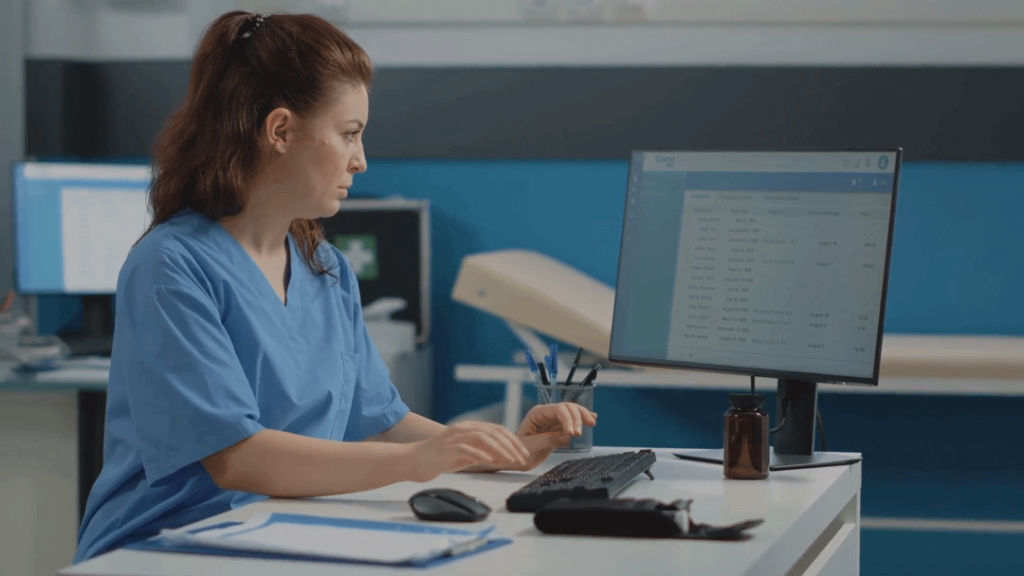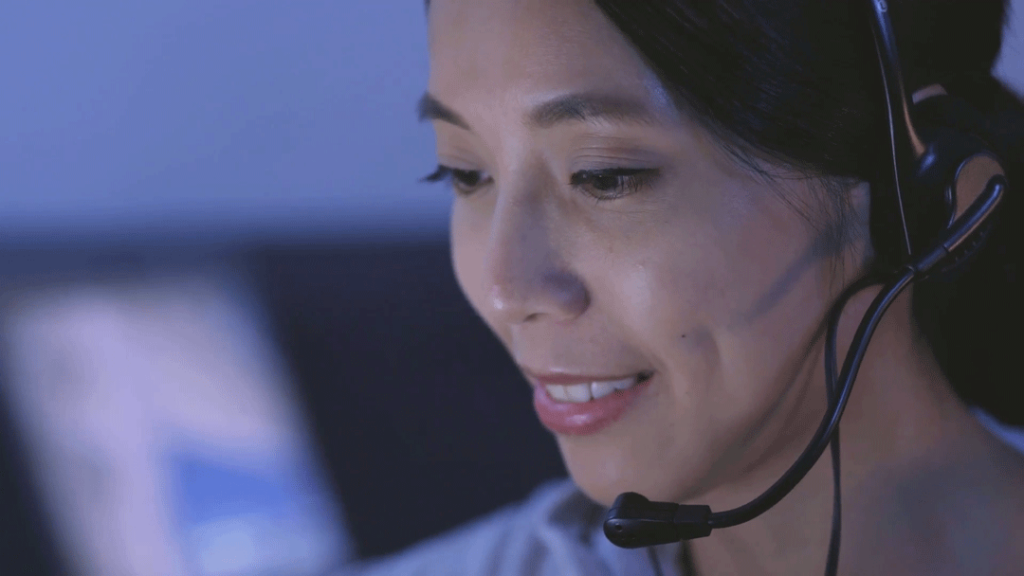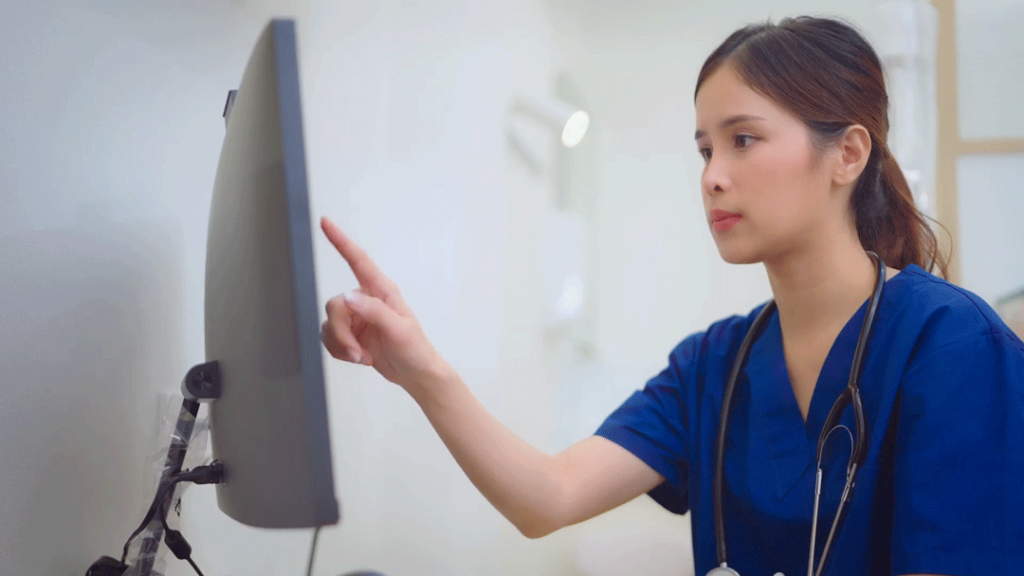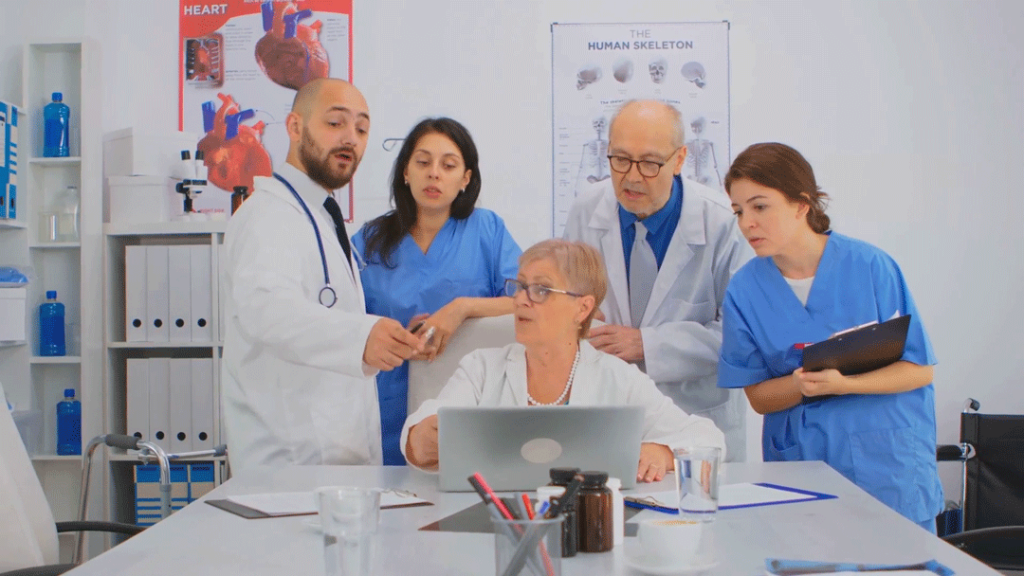
How Cloud Technology Affects Triage Software: 4 Key Benefits
Part of delivering more efficient care starts by guiding patients to the appropriate providers. Triage nurses are often your best resource for doing this, especially when they’re equipped with powerful software. It’s also worth noting how cloud technology affects triage software in terms of its functionality, accessibility, and scalability, and why these elements are so critical in modern healthcare. Here are the four key benefits

The Role of Nurse Triage in Modern Healthcare
The practice of nurse triage has been around for a while, but what does it mean for patient engagement in our current time? Thanks to advancements in telehealth, nurse triage in modern healthcare means a digital system of RNs who can help your patients whenever they have a need or question about their health. Let’s explore how nurse triage can benefit any medical practice, as

Reduce EHR Errors: TriageLogic’s MedMessage Assist™ Ensures 99% Accuracy on Patient Calls
Is your staff overwhelmed by having to constantly fix EHR errors? Electronic health records were originally meant to avoid mistakes in patient documentation, but studies indicate that they are far from foolproof. TechTarget highlights how “researchers found that one in five patients found an error in their medical records.” They also note how EHR design could be partly to blame, as separate data indicated that

Maximize Your Practice ROI With TriageLogic’s Triage Software
Is your medical practice actively looking for tools that can streamline your operations, improve patient care, and deliver a significant return on investment? Our flagship triage software, myTriageChecklist (MTC), is an ideal solution that achieves all three. By leveraging advanced technology, MTC helps healthcare providers like you build on established workflows, reduce unnecessary costs, and substantially improve patient engagement over the phone. Here are six

Why TriageLogic Offers the Best Nurse Triage Service for Your Practice
Do you find it difficult to manage patient call volume with your current level of staff? Practices that experience this often turn to outsourced nurse triage for assistance. Among the ones currently on the market, TriageLogic’s Nurse Triage On Call (NTOC) stands out as the best nurse triage service for medical practices. Here’s how it can benefit your operations and care. https://youtu.be/n6j-OxpKoxE Comprehensive 24/7 Coverage

Collaboration With Healthcare Teams Starts With Medical Answering Services
Healthcare teams must be able to collaborate well if they want to provide high-quality care. This extends beyond doctors and nurses in a clinical setting — it’s also about administrative staff, medical answering services, and triage teams that handle initial patient calls. These first points of contact are pivotal in determining what types of care patients should seek. Of these, medical answering services tend to

The Importance of Continuous Education for Remote Patient Monitoring
Thanks to remote patient monitoring (RPM), clinicians can monitor patients’ health data in real time, no matter where they’re located. This technology offers numerous benefits, from the early detection of health issues, to reduced hospital admissions and enhanced care. However, if your practice wants to truly experience all that this technology has to offer, your staff members need to receive periodic training. Here are the

10 Best Practices for Implementing Triage Software at Your Practice
Implementing triage software is critical if you want to give your patients the best means of understanding the severity of their symptoms outside of your office. If you choose TriageLogic’s flagship software, myTriageChecklist, your nurses will have access to the latest triage protocols, and have the ability to share all of their patient interactions directly with you and your care team. Here are the best

Effective Communication Strategies for Nurse Triage
Without the benefit of visual cues or in-person assessments, triage nurses must rely on the best communication strategies available when speaking with patient callers. When performed properly, telephone nurse triage can: Improve patient understanding and adherence to care recommendations. Alleviate patient anxiety and build trust. Lead to quicker, more accurate triage dispositions. Enhance patient satisfaction and retention. In this article, we explore the most effective

How Technology Is Shaping the Future of Medical Answering Services
Are your medical answering services having a difficult time keeping up with patient requests? High call volumes, complex triage needs, compliance concerns, and limited technology can all contribute to delayed care. Thanks to advancements in artificial and augmented intelligence, the future of medical answering offers far greater accuracy and accountability. This all starts with our intuitive, self-guiding module called MedMessage Assist™ (MMA), which has demonstrated

Why Remote Patient Monitoring Is Essential for Modern Health Care
One of the most significant developments in recent years has been the rise of remote patient monitoring (RPM). This innovative technology allows clinicians to review patients’ vitals in real time, regardless of their location. While RPM is particularly helpful for those who need home-based care, it offers numerous benefits for both patients and providers. Companies like TriageLogic are at the forefront of this revolution, offering

The Future of Triage Software in Health Care
The concept of nurse triage has evolved quite a bit since the term was originally coined. Today, it’s used to refer to the prioritization of patient care by nurses in general practices, urgent cares, and emergency rooms, where they use advanced triage software to streamline symptom documentation and enhance care efficacy. Let’s explore this evolution further: from the changes nurse triage has undergone, to the

